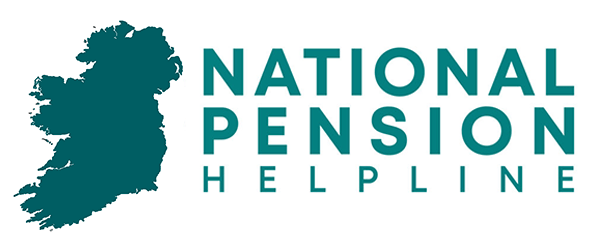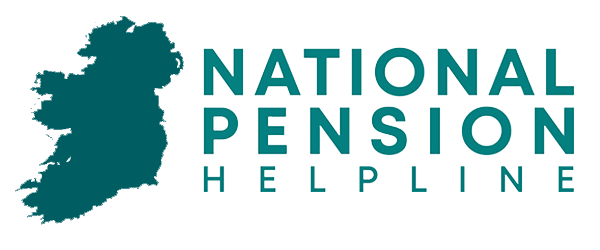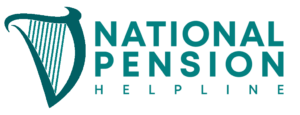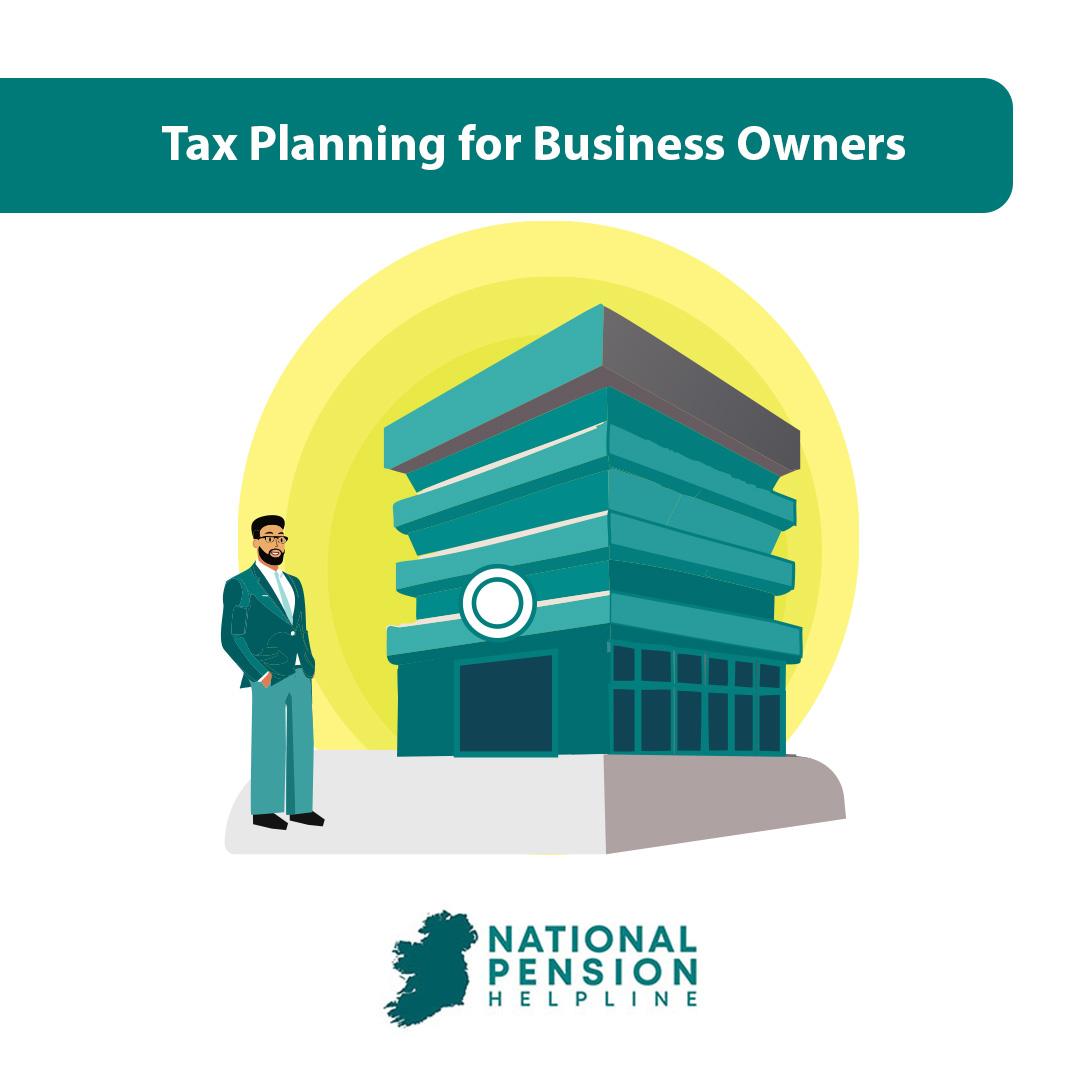
In this article, we’re going to be talking about tax planning for business owners. Specifically, 7 methods of extracting cash from a company that business owners can adopt and a discussion about the tax efficiency of each method.
As a reminder, an Irish company is a separate legal entity to its owner(s).
Therefore, it’s important to understand the different ways in which company cash can be extracted tax-efficiently. Throughout this article, we will be using the term “business owner” and “director” interchangeably, with the assumption being that the business owner is an executive director of the company in question.
Methods:
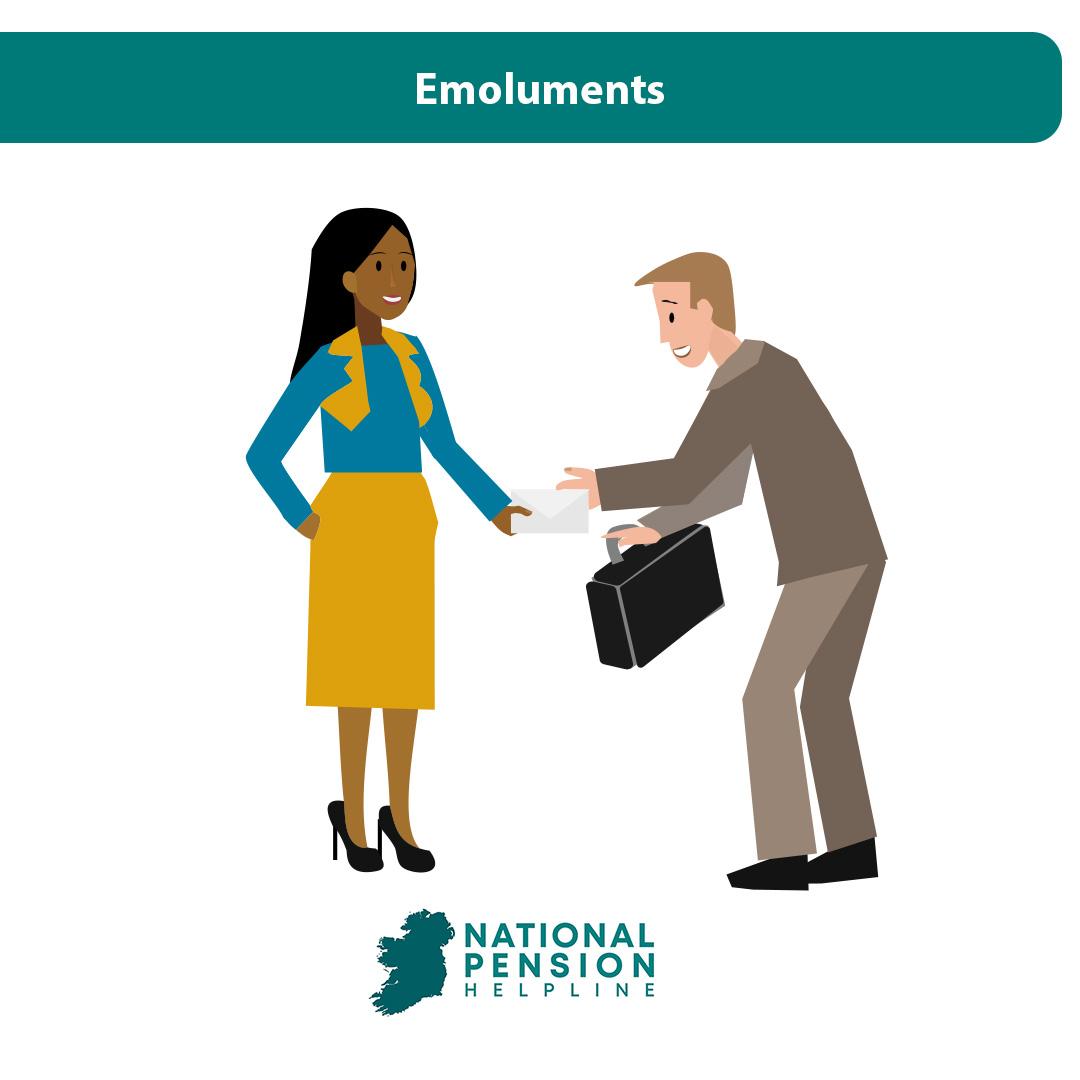
Method 1: Emoluments
Emoluments refer to payments made in respect of an employment or office held by an individual under a ‘contract of services’. This includes the likes of salaries, bonuses and directors fees.
A business owner will be able to extract cash from his/her company via emoluments if a contract of services is deemed to exist. This will be the case where the business owner is in a position of employment i.e. as an executive director of the company or where he/she holds an office in the company as a non-executive director or company secretary.
Emoluments are liable to income tax, USC and PRSI which will be deducted at source by the company via the PAYE system.
In the hands of a shareholder, emoluments aren’t tax efficient as they are liable to the highest rates of tax. However, there is a tax saving associated with emoluments paid to certain shareholders. Under Section 16 of the Social Welfare and Pensions Act 2013, proprietary directors who own or control 50% or more of the shareholding of a company, whether directly or indirectly, are subject to PRSI under Class S, which is currently 4% of gross income (4.1% from 01/10/24).
Because of this classification, employers PRSI is not levied on a salary paid to a controlling shareholder. This means that the company avoids paying employers PRSI at 11.05%, which is a significant tax saving (11.15% from 01/10/24).
However, this favourable treatment might not be around for much longer. The Pensions Commission has recommended increasing Class S PRSI to 10% by 2030, with the long-term goal being parity with the higher employer’s PRSI rate by 2050.
For now, the 4% rate of PRSI is the extent of the social insurance liability. Equally, fees paid to non-executive directors are liable to PRSI under Class S, meaning no employer’s PRSI will be levied on the payments.
The company itself will receive a tax deduction for gross emoluments provided they were paid wholly and exclusively for the purposes of the business.
Unsurprisingly, emoluments are the most common form of cash extraction but as was mentioned previously, they aren’t tax efficient due to the high rates of tax levied on the payments.
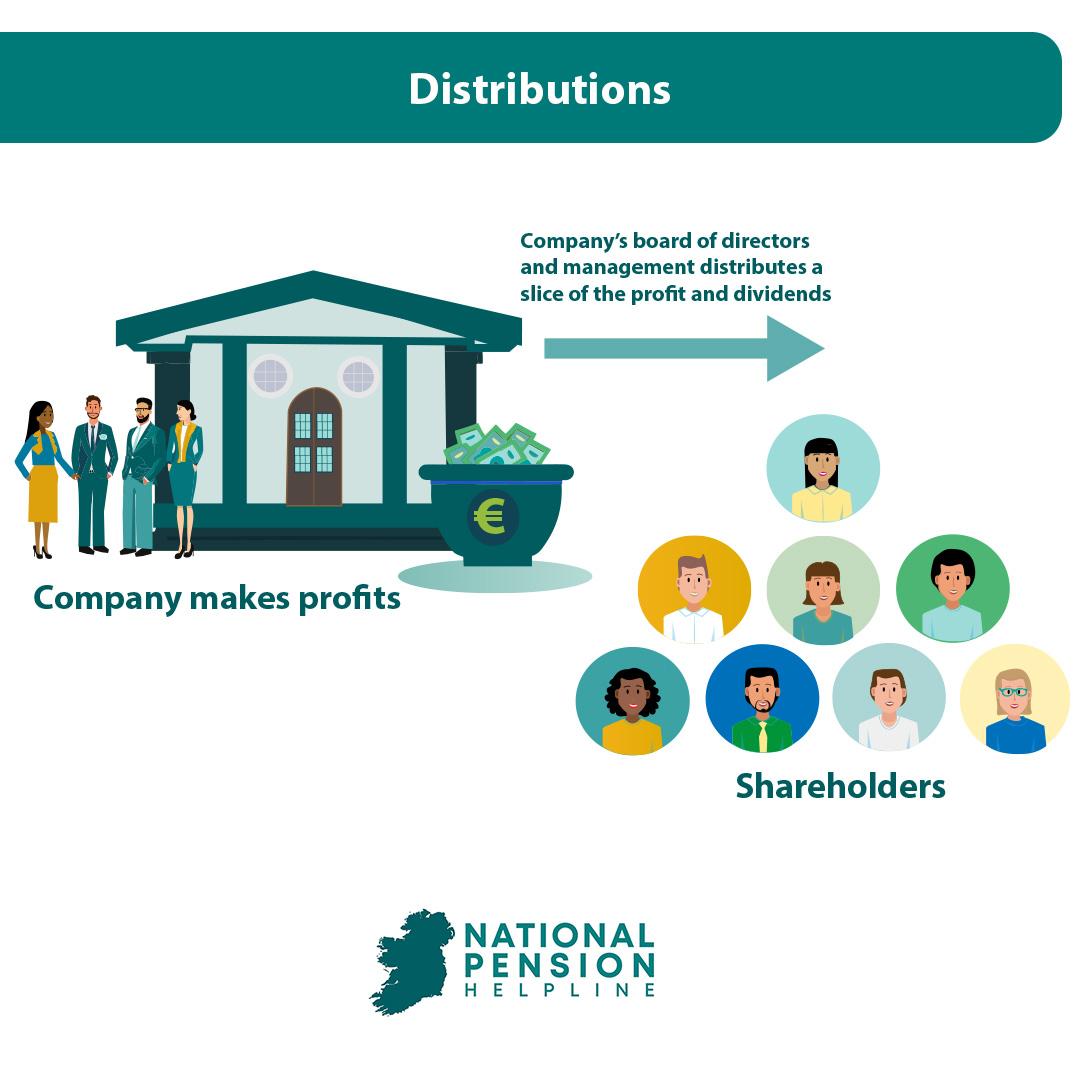
Method 2: Distributions
Distributions, also known as dividends, will only ever be used as a means of cash extraction where emoluments aren’t possible i.e. where a contract of services doesn’t exist.
That’s because dividend distributions aren’t as tax-efficient as emoluments. Unlike emoluments, dividends aren’t tax deductible for companies. There’s also an obligation for the company to deduct dividend withholding tax at a rate of 25%. Dividend withholding tax must be paid over to Revenue by the 14th day of the month following the month in which the dividend is paid.
In the hands of the business owner, the dividend is taxable under Schedule F and is liable to marginal rate income taxes, USC and PRSI. If the dividend is paid to a shareholder who is an Irish resident company, i.e. a holding company which is owned 100% by an individual, then the payment will be treated as Franked Investment Income in the hands of the company and will be exempt from corporation tax.
However, this doesn’t solve the problem of extracting cash from a corporate structure and placing it in the hands of an individual. Plus, the holding company will need to consider whether there’s any close company surcharge implications of receiving the franked investment income.
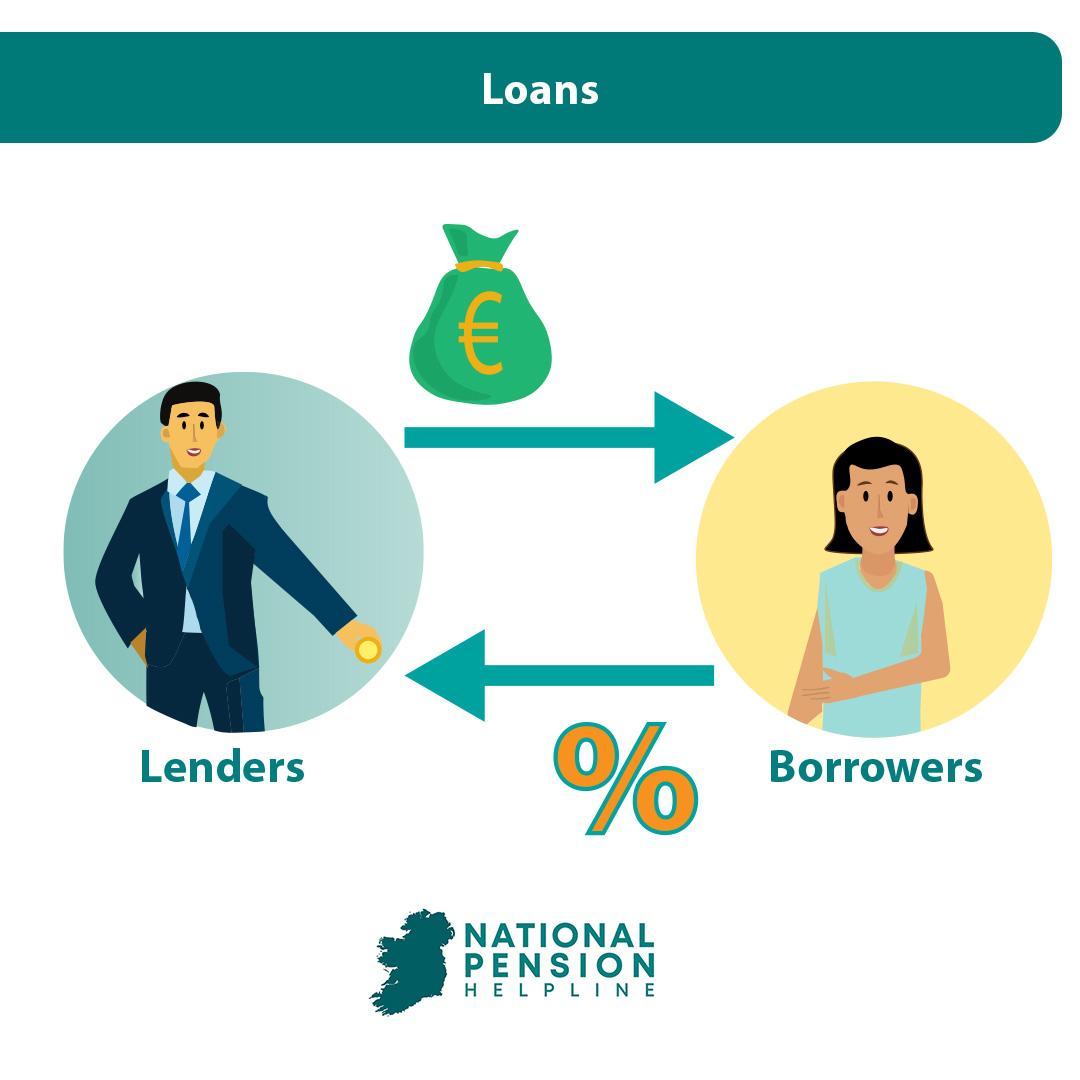
Method 3: Loans
The third cash extraction method is a company loan to directors. Under s239 of the Companies Act 2014, a company is prohibited from making a loan to a director of the company.
However, s240 of the Companies Act 2014 provides that such a loan can be made provided that the value of all loans forwarded to directors equates to less than 10% of the company’s net assets. So, as an example, if the company had net assets equal to €450,000, then it would be possible to give a director a loan, provided the loan was no more than €45,000.
There are some tax considerations to take on board. Firstly, under the Close Company tax rules, which are applicable to Irish resident companies controlled by five or fewer participators, the extension of a loan to a shareholder gives rise to a withholding tax charge which must be paid over to Revenue as part of the company’s corporate tax return.
The charge is calculated as 25% of the value of the loan and is refundable at the point of repayment by the shareholder. The only exception to this treatment is where:
If the loan is subsequently written off, then the shareholder will be assessed to tax on the full value of the loan and will receive a tax credit for the withholding tax paid by the company.
In effect, the written-off loan is treated as a distribution. Secondly, if the loan is advanced to the shareholder at a “preferential interest rate” then a benefit-in-kind charge will arise and the company will be required to operate income tax, USC and PRSI on the benefit via payroll.
Revenue deems interest rates lower than 4%, for qualifying home loans, and 13.5%, for all other loans, to be preferential in nature. Therefore, a €45,000 interest free non-home loan extended to a shareholder would result in a benefit-in-kind equal to €6,075 (i.e. €45,000*.135) and tax must be levied on that amount.
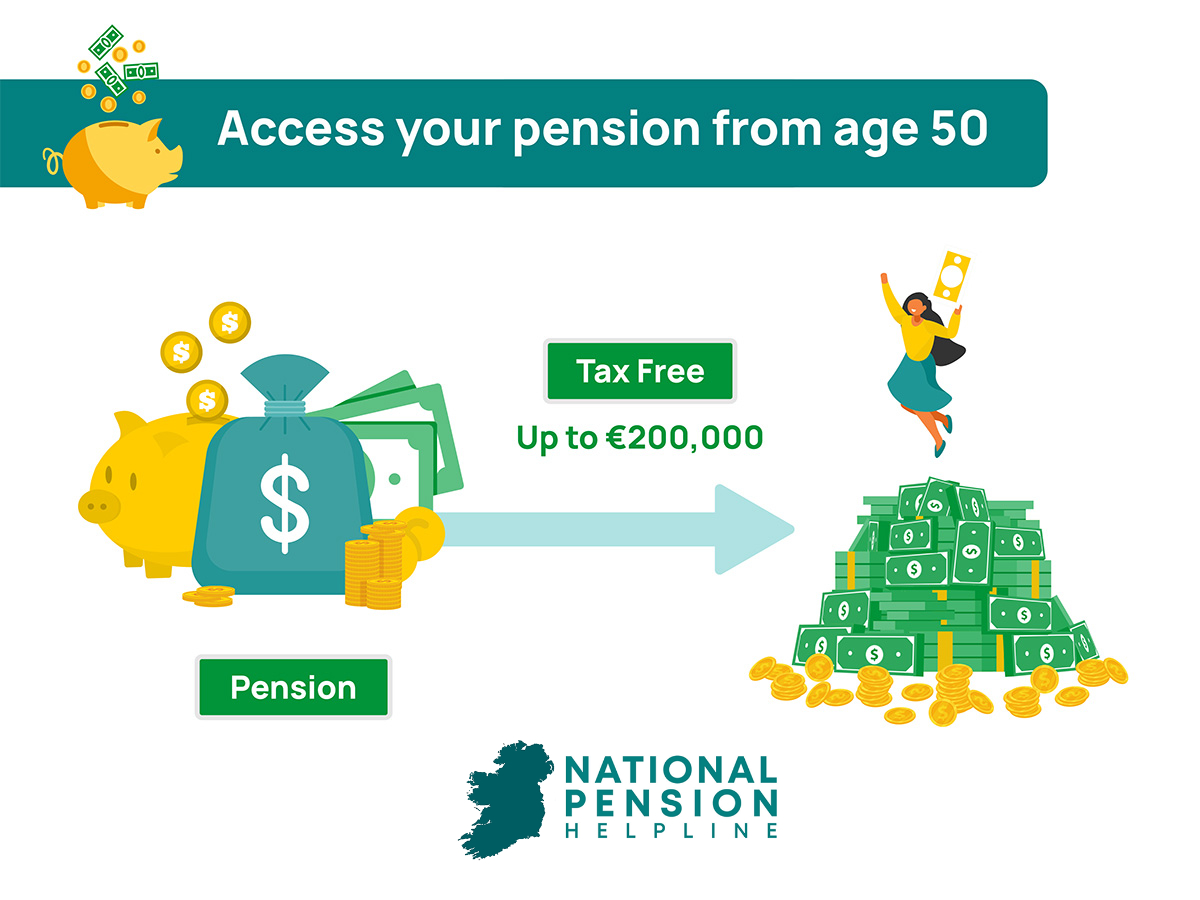
Method 4: Pensions
The fourth cash extraction method is a company pension.
Corporate pension funding is a highly tax-efficient cash extraction method, not only for retiring business owners, but also for business owners who are looking to maximise the value of their future private pensions.
Yes, if placed into a pension, the cash won’t be available for day-to-day use. However, if a business owner is already receiving a sufficient income to fund their lifestyle, and the company has excess cash, then there’s certainly a case to be made for allocating at least some resources towards corporate pension funding.
After all, pension investments are permitted to grow completely tax-free, thus allowing for investment growth that can’t be achieved anywhere else.
Corporate pension funding has become especially attractive since Finance Act 2022 was enacted into law. Reason being, as a result of Finance Act 2022, employer contributions made to a director’s PRSA are no longer counted towards the director’s age-related contribution limit.
These contributions can seemingly be made without limit.
Furthermore, s118(5) TCA 1997 was amended to exclude employer contributions to an employee’s PRSA from qualifying as a benefit in kind (BIK), thus removing any previous charge to tax arising from such.
The net effect of these changes is that PRSAs are now the most attractive option for corporate pension funding, thus arguably eliminating the need to set up a Revenue-approved occupational pension scheme.
That said, the main tax advantages of corporate pension funding via a Revenue-approved occupational pension scheme are as follows:
This means that the company can contribute a significant amount of money to a director’s pension while also receiving a tax deduction for doing so.
However, the amount of cash that can be contributed by the company to the director’s Revenue-approved occupational pension scheme is not unlimited, unlike PRSAs.
As per s772(3)(a) TCA 1997, the maximum pension that’s available for a director with 40 years service is two-thirds of the director’s final pensionable remuneration. The reference to two-thirds comes from the fact that the maximum pension that’s available for a director at any stage is one-sixtieth of the director’s final pensionable remuneration for each year of service up to a maximum of 40 years. 40 over 60 equals two-thirds.
Aviva has a maximum funding calculator which will work out the directors maximum pension at normal retirement age, the maximum retirement fund, the maximum ordinary contribution that the company can make to the director’s pension and the maximum special contribution that can be made to make up for shortfalls.
For directors who own more than 20% of the ordinary share capital of the company, “final pensionable remuneration” is calculated as the director’s average total emoluments for 3 more or more consecutive years ending not earlier than 10 years before the retirement date.
This presents a tax planning opportunity whereby, depending on the cash position of the company, the director is paid a high salary for the three years preceding retirement.
By doing so, the director will have a larger maximum permissible pension, thereby allowing the company to make larger pension contributions. This strategy will also allow the director to maximise his/her tax-free lump sum.
As per s772(3)(f) TCA 1997, the maximum tax-free lump sum that’s available for a director with 40 years service is 1.5 times the director’s final pensionable remuneration.
The reference to 1.5 times comes from the fact that the maximum tax-free lump sum that’s available for a director at any stage, is three-eightieths of the director’s final pensionable remuneration for each year of service, up to a maximum of 40 years. 120 over 80 equals a factor of 1.5.
Alternatively, the director can take 25% of the value of the fund as a tax-free lump sum. The size of the director’s tax-free lump sum, and whether or not the director decides to take that lump sum, will influence the next cash extraction method on our list.
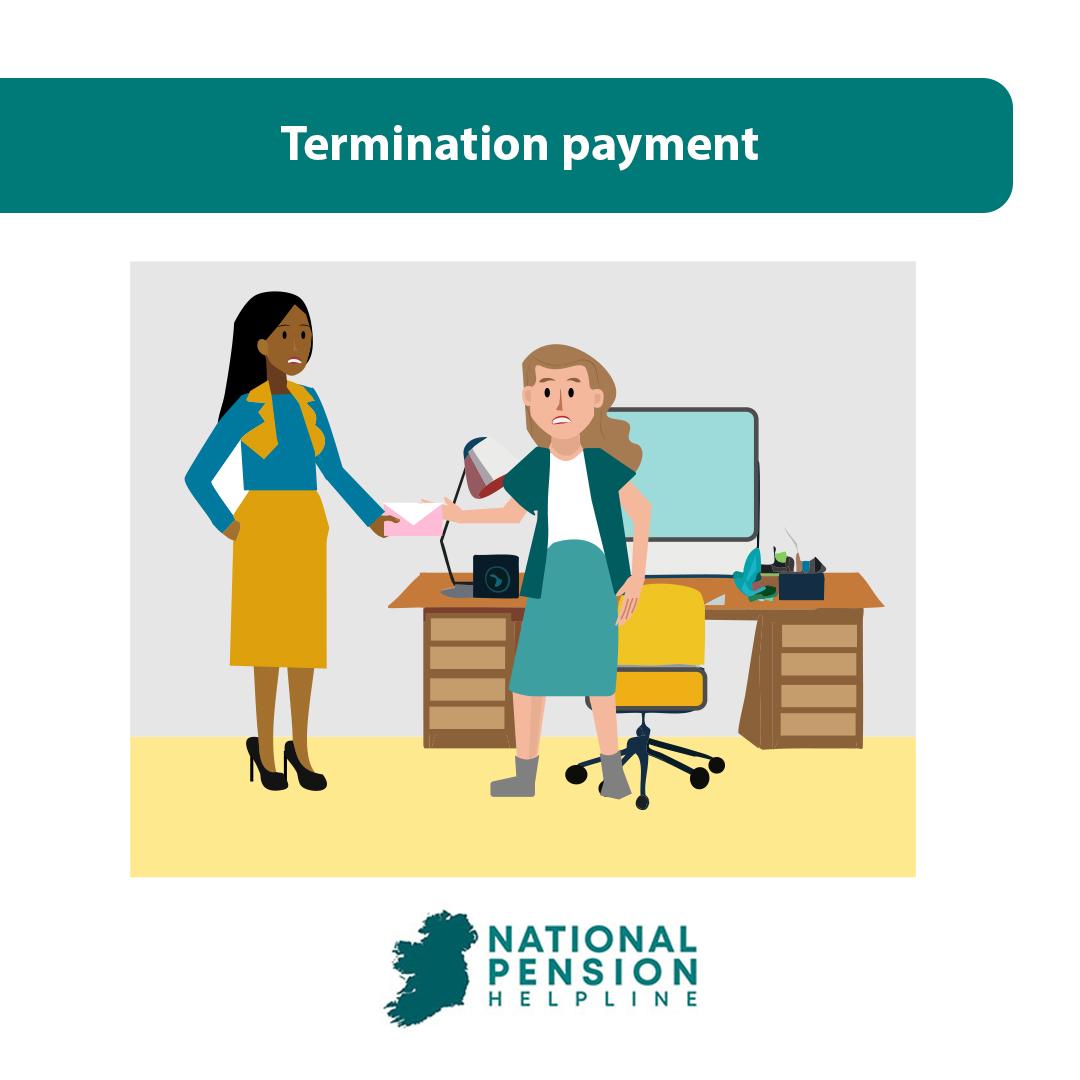
Method 5: Termination Payments
Termination payments can be a tax-efficient method of extracting cash from a company where a director is ending their contract of services. The maximum amount of tax-free termination payments that a director can receive in their lifetime is €200,000. The tax exempt portion of a termination payment is calculated as the higher of three amounts:
The formula for calculating the SCSB is the average annual remuneration for the last 3 years of service to the date of termination, multiplied by the number of completed years of service, divided by 15 and minus the value of any tax-free lump received or the present value of any tax-free lump sum receivable.
As such, the value of the director’s tax-free pension lump sum is going to impact the taxable value of the director’s termination payment. In nearly all cases, the SCSB will be the figure that is used to determine the tax-free portion of the director’s termination payment.
For example, let’s say a director has an average annual remuneration equal to €75,000, 20 years of service and a tax-free pension lump sum equal to €50,000. The director’s SCSB would be calculated as:
Say the gross termination package was €120,000. €50,000 would be tax exempt and the remaining balance of €70,000 would be liable to income tax at an assumed rate of 40%, giving a tax liability of €28,000.
The director does have the option to waive his/her tax-free lump sum to increase the value of their SCSB. In our example, if the director waived the tax-free lump sum, the net tax saving would be €20,000. However, by keeping the tax-free lump sum, although the SCSB is lower, the net tax saving is €40,000. This is illustrated below:
Waive:
SCSB value = €100,000
Value of tax relief = €40,000 (i.e. €100,000*40%)
Less
Tax paid on lump sum = (€20,000) (i.e. €50,000*20%)
Net tax saving = €20,000
No Waive:
SCSB value = €50,000
Value of tax relief = €20,000 (i.e. €50,000*40%)
Plus
Tax saved on lump sum = €20,000 (i.e. €50,000*40%)
Net tax saving = €40,000
In practice, whether or not the director decides to waive his/her tax-free lump sum to increase their SCSB will depend on their outlook for their pension.
If the individual is far from retirement and believes that their tax-free lump sum in the future could be lower, then it might be wise to ‘realise’ its present value today by waiving and increasing the value of the SCSB. Similar to corporate pension funding, a tax planning opportunity exists whereby, depending on the cash position of the company, the director is paid a high salary for the three years preceding termination. By doing so, the director will have a larger SCSB, thereby allowing the company to make a larger tax-free termination payment. The termination payment is also tax deductible for the company.
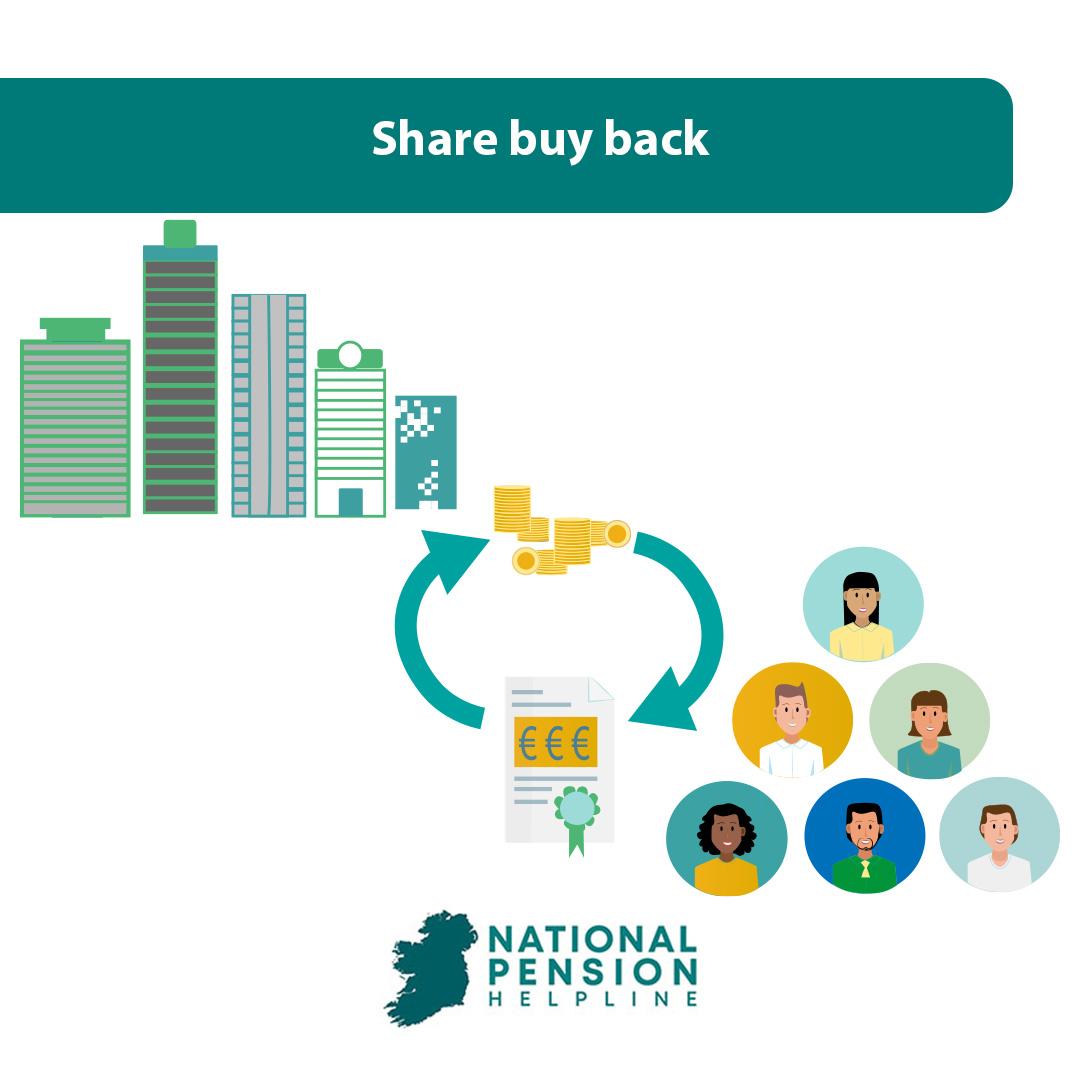
Method 6: Share Buyback
The sixth cash extraction method is a share buyback. Under s176 TCA 1997, distributions received by a shareholder of a private company as part of a share buyback scheme will be subject to capital gains tax, as opposed to income tax, USC and PRSI, provided certain circumstances are satisfied.
The benefit of this treatment is that CGT is charged at a rate of 33% whereas the combination income tax, USC and PRSI can easily reach highs of 52%.
The principal conditions for this treatment are as follows:
For the purposes of the 25% test, the holdings of the shareholder’s associates are taken into account when calculating the percentage change in ownership where the associates continue to own shares in the company after the acquisition.
For the purposes of the ‘benefit to the business’ test, Revenue will accept that this is the case where either:
Where share buyback relief applies, there will also be an opportunity for the shareholder to reduce his/her capital gains tax liability via entrepreneur relief.

Method 7: Liquidation
The final cash extraction method is the voluntary liquidation of a company. When a company enters liquidation, its assets are passed onto the liquidator.
Typically, the liquidator will dispose of the company’s business and its assets which will result in a capital gains tax liability for the company. The net cash proceeds will then be distributed to the shareholders which, in accordance with S583 TCA 1997’, will be treated as if the shareholders disposed of their shares and received a capital distribution as a result of that disposal.
This means that the shareholders will be liable to capital gains tax on the gains accruing to them based on the value of the distribution received.
Similar to the share buyback scenario, the benefit here is that the distribution will be subject to capital gains tax, as opposed to income tax, USC and PRSI. Not only is the CGT rate lower, but the application of CGT also opens up reliefs such as Entrepreneur Relief and Retirement Relief which can further reduce the tax liability.
Conclusion
It’s true what they say, in life only two things are certain – death and taxes. Indeed, taxation is one of the most important considerations for business owners in Ireland and efficient tax planning is a key component to wealth creation.
The aforementioned cash extraction methods for business owners should be discussed with both taxation and pension experts. This is especially true if you are approaching retirement or if you have a significant cash balance that you wish to withdraw from your business.
The National Pension Helpline has a panel of vetted pension experts who are on hand to help and advise business owners in Ireland on these matters.
